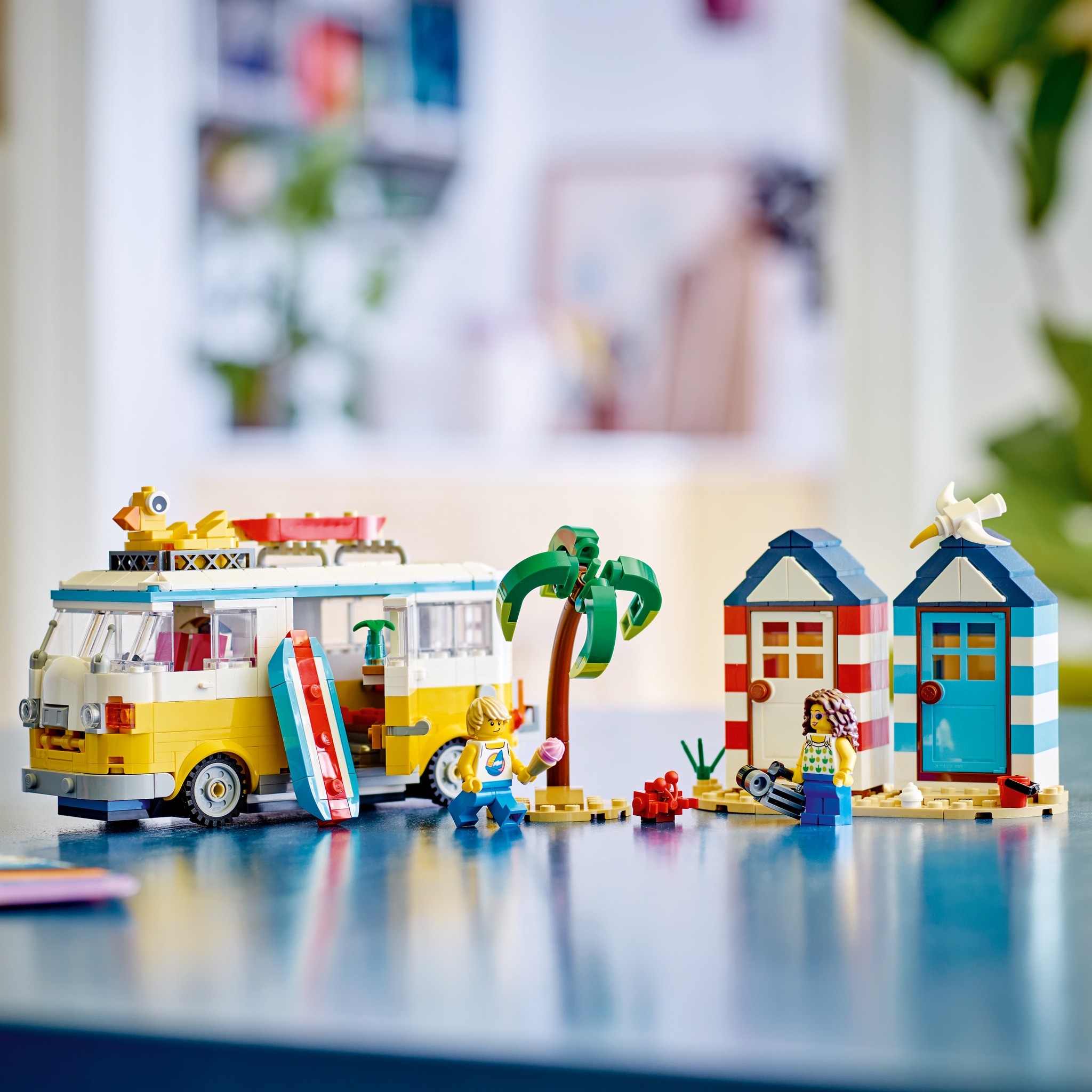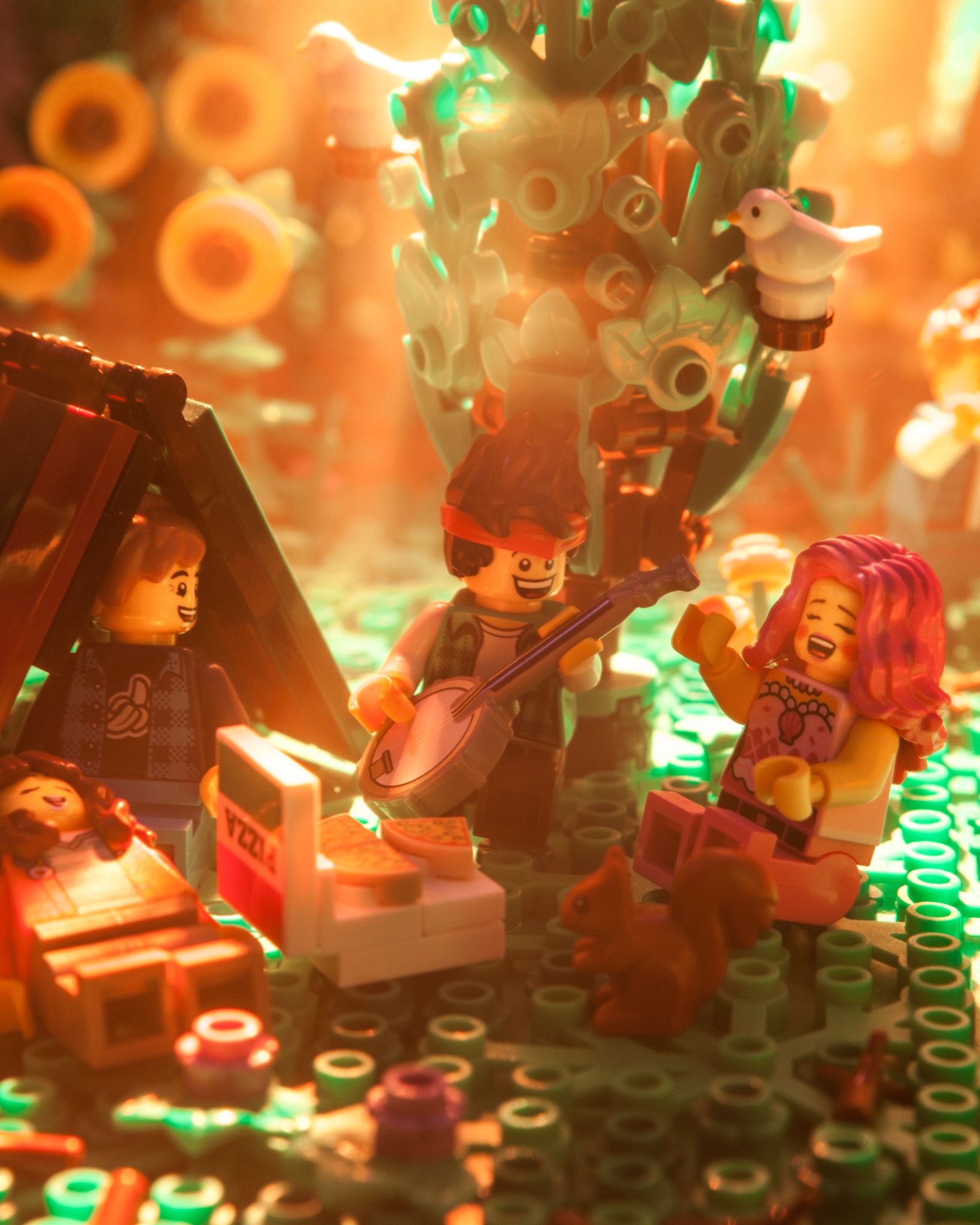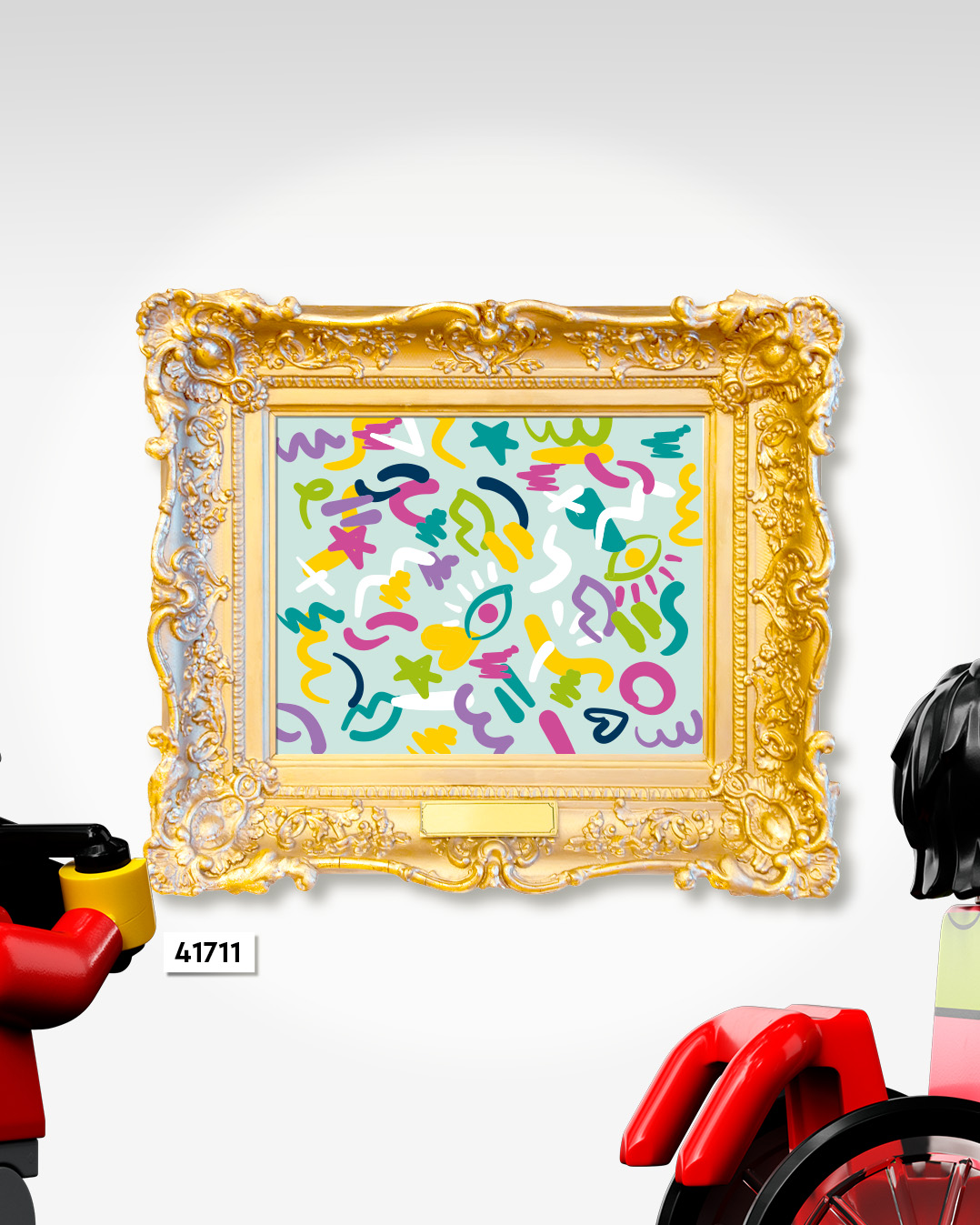Gentlemen’s Guide: Bangkok’s 5 Best Barber Shops
These top 5 barber shops in Bangkok are where gentlemen can elevate ...

Gender bias in children’s toys is a deeply ingrained phenomenon that has far-reaching implications for the development of young minds and gender stereotypes in society. When children are exposed to toys that are marketed for either boys or girls, it perpetuates the idea that certain interests, abilities, and roles are inherently tied to one’s gender.
This bias not only limits the range of experiences and opportunities available to children but also reinforces stereotypes that can have long-lasting effects on their self-esteem, aspirations, and understanding of gender equality.

The good news is, Danish toy production company Lego has recently announced its commitment to eliminating gender stereotypes from its toy products, responding to the findings of a global survey it conducted. The study surveyed nearly 7,000 parents and children aged six to 14 across seven countries, China, the Czech Republic, Japan, Poland, Russia, the UK, and the US.The survey highlighted the persistent disparities and limitations in attitudes toward play and future career choices based on gender.
They discovered that despite increasing confidence among girls to participate in a broad range of activities, the same level of openness was not observed among boys. Alarmingly, 71% of boys who participated in the survey expressed unease about being teased if they choose to play with what society typically labels as “girls’ toys.”


Madeline Di Nonno, the CEO of the Geena Davis Institute on Gender in Media, which conducted the study, noted, “Parents are more concerned that their sons will face ridicule than their daughters when playing with toys linked to the other gender.”
But it’s also that behaviours associated with men are valued more highly in society,” said Di Nonno. The challenge carries on until societies acknowledge that behaviours and activities traditionally associated with women hold equal value and significance. Until then, parents and children may hesitate to fully embrace them.
The study’s findings revealed that parents continued to steer their sons toward sports or STEM activities, while daughters were more frequently encouraged to pursue interests such as dance and dressing up (with girls being five times more likely to receive this encouragement than boys) or baking (three times more likely to be encouraged).

“These insights emphasise just how ingrained gender biases are across the globe,” said Geena Davis, the Oscar-winning actor and activist who set up the institute in 2004 to combat negative gender stereotyping and foster inclusion.
According to Professor Gina Rippon, a neurobiologist and author of The Gendered Brain, she stated: “We encourage girls to play with ‘boys’ stuff’ but not the other way around.” This was a problem since toys offered “training opportunities”, she said. “So if girls aren’t playing with Lego or other construction toys, they aren’t developing the spatial skills that will help them in later life. If dolls are being pushed on girls but not boys, then boys are missing out on nurturing skills.”
Traditionally, Lego has been more popular among boys, but Julia Goldin, the Chief Product and Marketing Officer, explained that they have intentionally developed products like Lego Dots and Lego City Wildlife Rescue Camp to appeal to both boys and girls. The current goal at Lego is to encourage attributes like nurturing, care, spatial awareness, creative thinking, and problem-solving in all children, regardless of gender.
These top 5 barber shops in Bangkok are where gentlemen can elevate ...
Pets, as cherished members of our families, deserve rights and protections that ...
Wandering around the globe, try out the signature tastes of cultures across ...
Sailorr and Molly Santana’s black grills fuse hip-hop swagger with homage to ...
Oooh, Pantone just dropped their 2026 Colour of the Year and it’s ...
Pattaraporn “Nat” Salirathavibhaga’s HOMELAND supports farmers through conscious purchasing and bringing agriculture ...
Wee use cookies to deliver your best experience on our website. By using our website, you consent to our cookies in accordance with our cookies policy and privacy policy